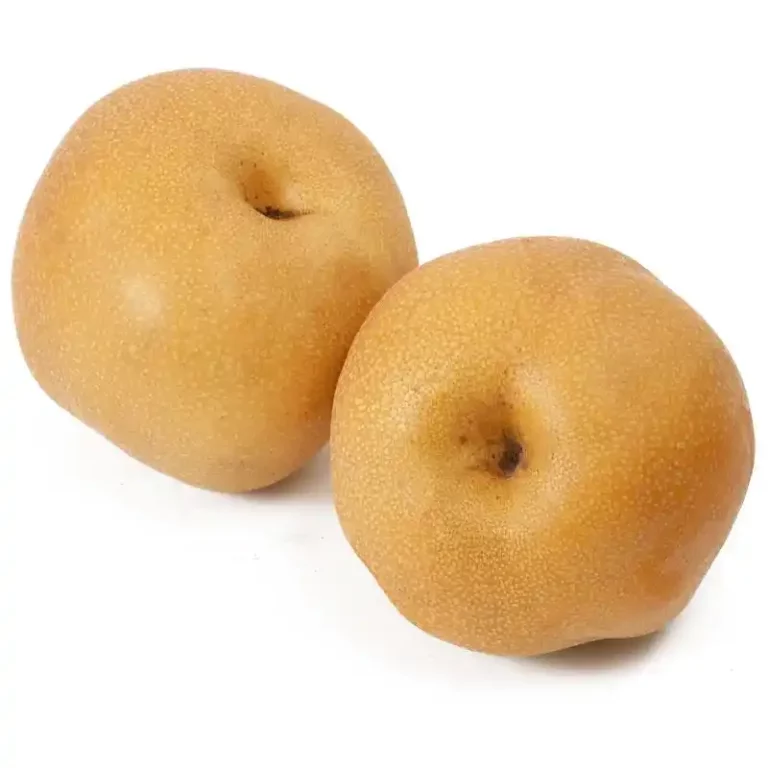How To Get A Dog Unstoned At Home?
The shocking discovery of a dog’s marijuana use raises the pressing question: “How to get a dog unstoned at home?” If your dog has accidentally ingested marijuana, this article will walk you through the necessary procedures and treatments.
A thorough method is explored to aid in a dog’s recovery, including topics such as effects, vomiting induction, activated charcoal administration, and hydration treatment.
Understanding the Effects of Marijuana on Dogs
Understanding the effects of marijuana on dogs is critical since they vary from those on people. When exposed to marijuana, dogs might exhibit symptoms including lethargy, confusion, incoordination, and seizures. Canines’ brain function and general health are negatively affected by the psychoactive component THC found in marijuana.
To ensure a dog’s welfare and to intervene promptly, it is crucial to recognize these indicators early. Recognizing the unique impacts of marijuana on canines allows us to make educated and effective steps to deal with ingestion and aid in their rehabilitation.
Inducing Vomiting
One method for dealing with recently consumed marijuana in dogs is to induce vomiting. Although this procedure may help eliminate the consumed material, it should only be performed under the supervision of a veterinarian. To properly induce vomiting, veterinarians consider the dog’s general health, the amount of time after intake, and other considerations.
When done properly and quickly after consumption, it is a crucial intervention. The best way to minimize dangers to the dog’s health is to get expert advice to determine whether induced vomiting is necessary. However, not every circumstance calls for it.
Activated Charcoal Administration
One typical technique for dealing with marijuana consumption in dogs is the use of activated charcoal. As a binding agent, activated charcoal prevents toxins from entering circulation by absorbing them in the gastrointestinal system. As long as it’s given under a veterinarian’s supervision and within a few hours after intake, activated charcoal may mitigate the effects of marijuana.
It is essential to follow the correct administration procedures and utilize the dose as prescribed by your veterinarian. Toxic dogs may benefit greatly from activated charcoal, which aids in detoxification by reducing the absorption of hazardous compounds and regulating marijuana toxicity.
Fluid Therapy and Monitoring
One of the most important parts of treating marijuana poisoning in dogs is fluid treatment. To eliminate harmful substances from the body, staying hydrated is essential. A veterinarian can help keep your pet hydrated and promote its detoxification process by administering fluids intravenously.
During fluid treatment, it is crucial to monitor the dog’s vital signs, such as heart rate, breathing rate, and general health. To maximize the therapeutic effect on the dog, it is important to evaluate his progress regularly so that any necessary changes may be made to his treatment plan.
As a whole, fluid treatment and close monitoring improve care for dogs recovering from marijuana consumption, leading to a faster and more successful recovery.
Monitoring the Dog’s Condition
While the dog is getting well after ingesting marijuana, it is critical to keep a close eye on his vitals. Keep an eye on the dog’s vitals including heart rate, breathing rate, and general demeanor to see how well treatments are working and if there have been any changes to their health. Constant vigilance allows for the prompt identification of problems and the implementation of remedial measures.
A patient’s attentiveness, hydration levels, and general disposition are important metrics to track over time. By keeping a close eye on the dog, which is commonly done by vets, we may learn a lot about how the dog is doing and respond quickly to any problems that may arise as it recovers.
Supporting the Recovery Process
Making the dog’s surroundings healing-friendly is an important part of helping the dog recover from marijuana intake. Offering a peaceful and cozy environment reduces anxiety, which supports the process of healing. Nutrition may be improved by providing familiar, readily digested meals, and a return to normality can be fostered via moderate exercises.
The recuperating dog’s feeling of security may be restored via good interactions and consistent routines. Contributing to emotional well-being is participating in activities that the dog loves, under the advice of a veterinarian. The significance of continuous care and attention in achieving a full and healthy recovery goes beyond the acute phase of the healing process.
Conclusion
In conclusion, a cautious and educated strategy is required to deal with canine marijuana use. Pet owners are prepared to handle this difficult circumstance with awareness of the consequences, preemptive measures (such as vomiting), and hydration therapy.
The shocking discovery of a dog’s marijuana use raises the pressing question: “How to get a dog unstoned at home?” The best course of action for the dog’s health is to consult a vet. With the help of this guide, pet owners may follow these steps to provide a thorough and caring response to their animal friend’s rehabilitation at home, where they are most comfortable.
Also Read:
Does My Dead Dog Know I Miss Him?
Do You Get Paid to Foster Dogs?
Can Dogs have Freeze-dried Strawberries?
Can Dogs Get High from Blowing Smoke in the Ear?
Can Dogs Eat Salt and Vinegar Chips?







